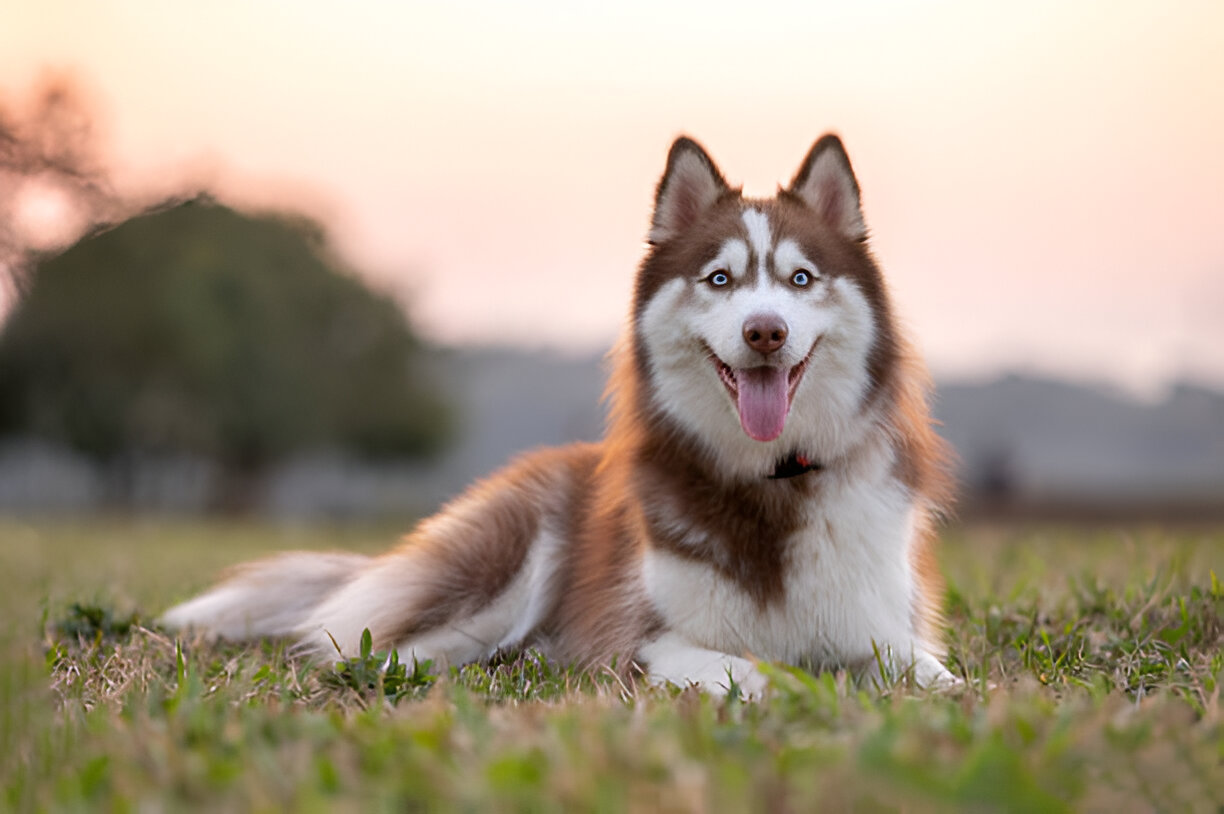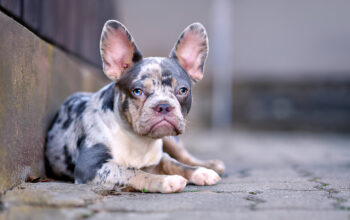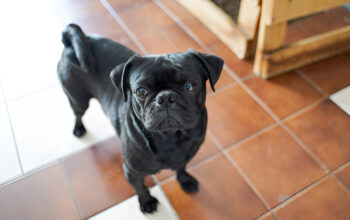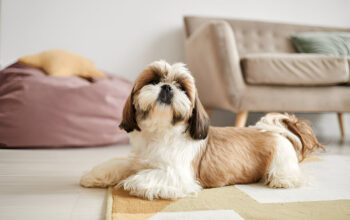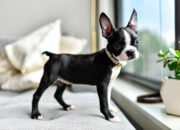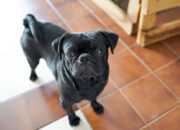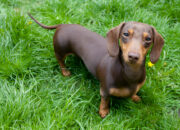Introduction to the Siberian Husky Dog Breed
The Siberian Husky is a medium size, dense coat, working dog Breed that originated in north-eastern Siberia. Recognizable by their wolf-like features, blue or multicolored eyes and friendly demeanor, Huskies are among the most liked breeds of dogs in the entire world. This blog offers a comprehensive look at Siberian Huskies: Origin, behavior, what they need, how to train, health,
The Siberian Husky’s History and Origins
Ancestors of the Husky Socialize the Husky Breed.
The Siberian Husky originated in northeastern Siberia as an endurance sled dog in remote regions. Imported to Alaska in the early 20th century for sled races, they soon became popular for their endurance and speed.
The domestication of a favorite dog
From a sled dog to a family runner, the Husky intelligence and charm make it one of the most popular dog breeds in
2025.

Siberian Husky Description and Character: The Siberian Husky: Personality & Physical Appearance
Wolf-like Looks
One reason the Husky has been so popular is because of its appearance:
- Medium-sized body
- Double coat (ideal for cold weather)
- Erect triangular ears
- Almond eyes (either blue, brown or vair-colored)
- Bushy tail carried over the back
Coat Colors of the Siberian Husky
Common coat colors include:
- Black and White
- Gray and White
- Red and White
- Pure White
- Agouti
And that these colors make the Siberian Husky a popular breed when it comes to Instagramable dogs in 2025.

Siberian Husky’s Temperament and Personality
Friendly and Energetic
Huskies are known for their:
- Playful personality
- Openness with strange visitors
- Non-aggressive nature
- High energy and stamina
They are not typically good guard dogs, but their pleasant and affable temperament makes them delightful companions for active families.
Would you think someone with intelligence or independent minded nature would be more persuasive?
Siberian Huskies are:
- Very intelligent
- Sometimes stubborn
- Need consistent training
- Do well at institutions where they have plenty to do and remain challenged
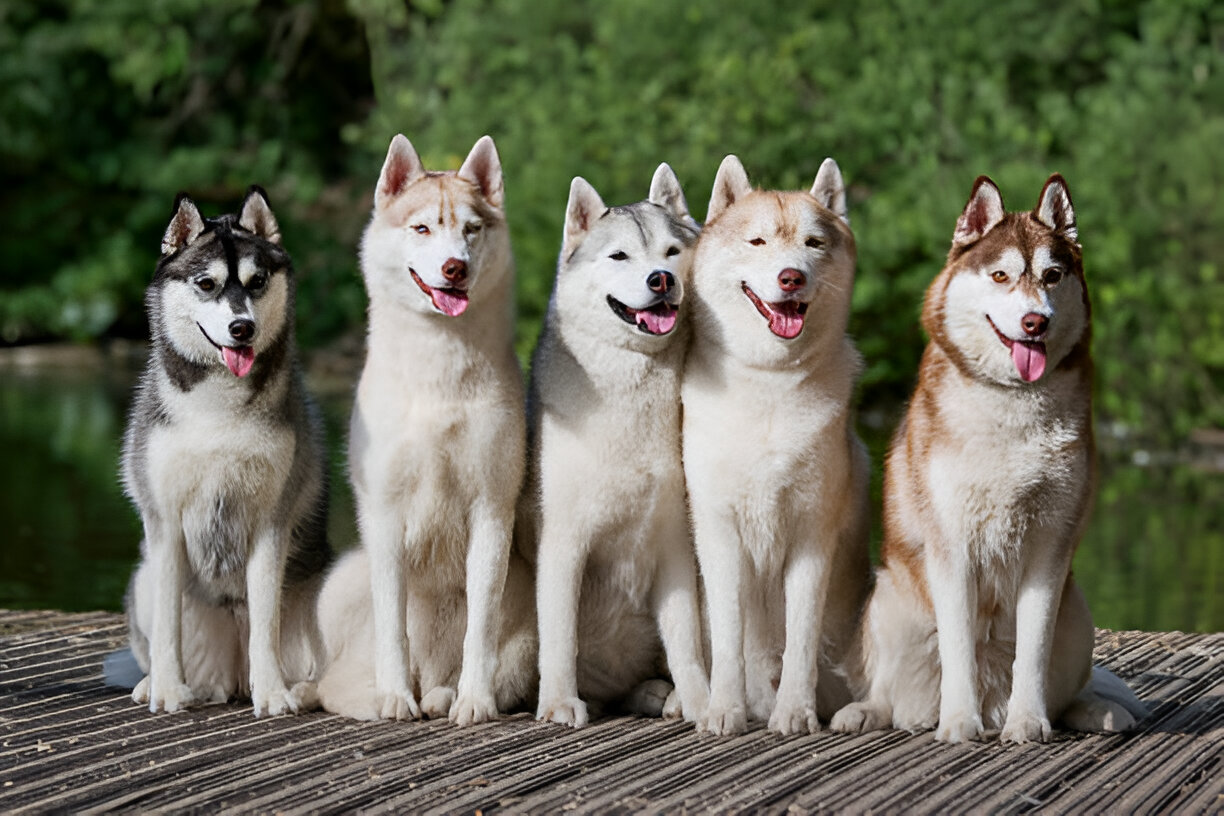
Exercise and Activity Level Requirements
Physical Requirements on a Daily Basis
Siberian Huskies require:
- Minimum 1-2 hours of physical activity per day
- Running, hiking, or dog sports.
- Brain activity Level of mental stimulation (puzzles, toys, etc.)
- They are great at agility, sled racing, and skijoring.
Exercise Is Necessary For Huskies
With insufficient exercise, Huskies will:
- Become bored and destructive
- Try to escape fenced yards
- Chew furniture or dig holes
They are runners by nature and require an active lifestyle.
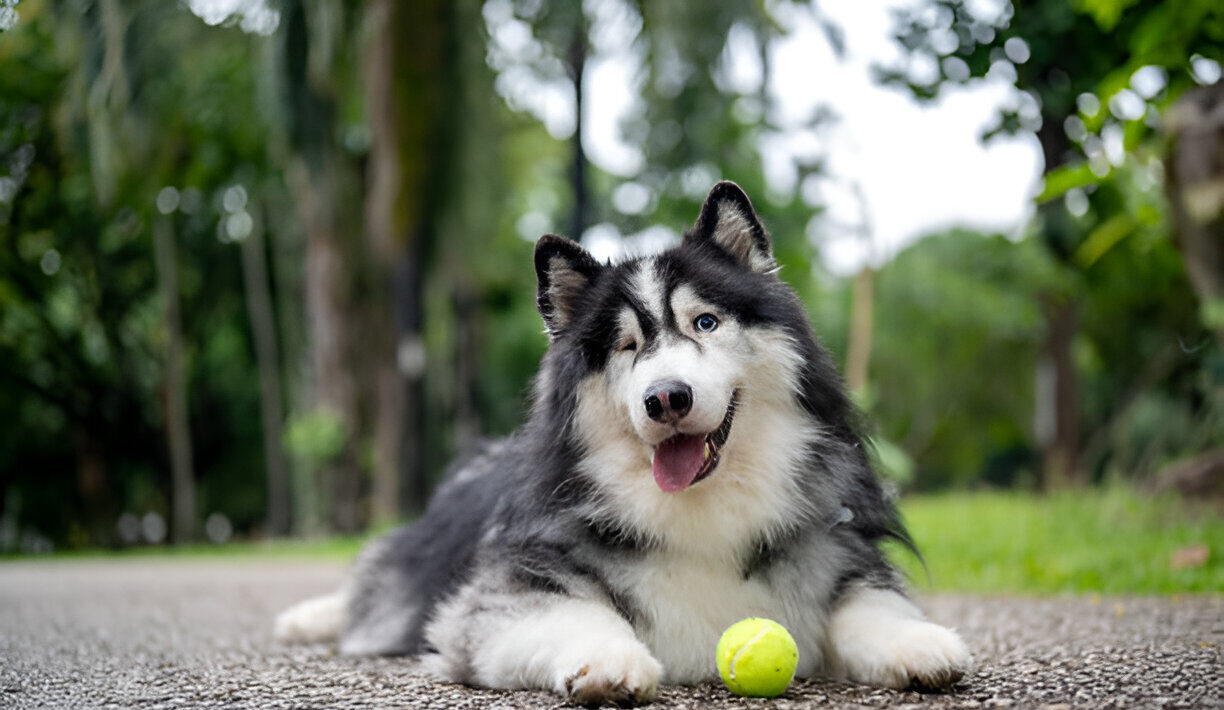
So how do you train a Siberian Husky?
Early to Rise Makes Easier the Prize That, you are either kidding yourself or nothing I will say can help you, but here goes anyway, because I am a hopeless optimist: it is possible for you to rise early.
Key training tips:
- Begin training as a puppy
- Use positive reinforcement
- Stay firm but gentle
- You’ll need to be patient their obstinacy
Socialization Matters
Some ways to socialize your dog in an appropriate manner:
- Meeting other dogs
- EXPOSURE TO PEOPLE AND ENVIRONMENTS
- Attending puppy classes
Exercise Requirements This breed is known for its independent streak and training is a necessity.
Feeding and Nutrition Guide
What do you feed a Husky?
Feed them:
- High-quality dog food
- Rich in protein and fat
Stay away from fillers such as corn and soy.
Feeding Schedule
- Puppies: 3-4 times a day
- Adults: 2 times a day
Watch their calorie count, fat dogs like these can grow fat easily if not exercised.
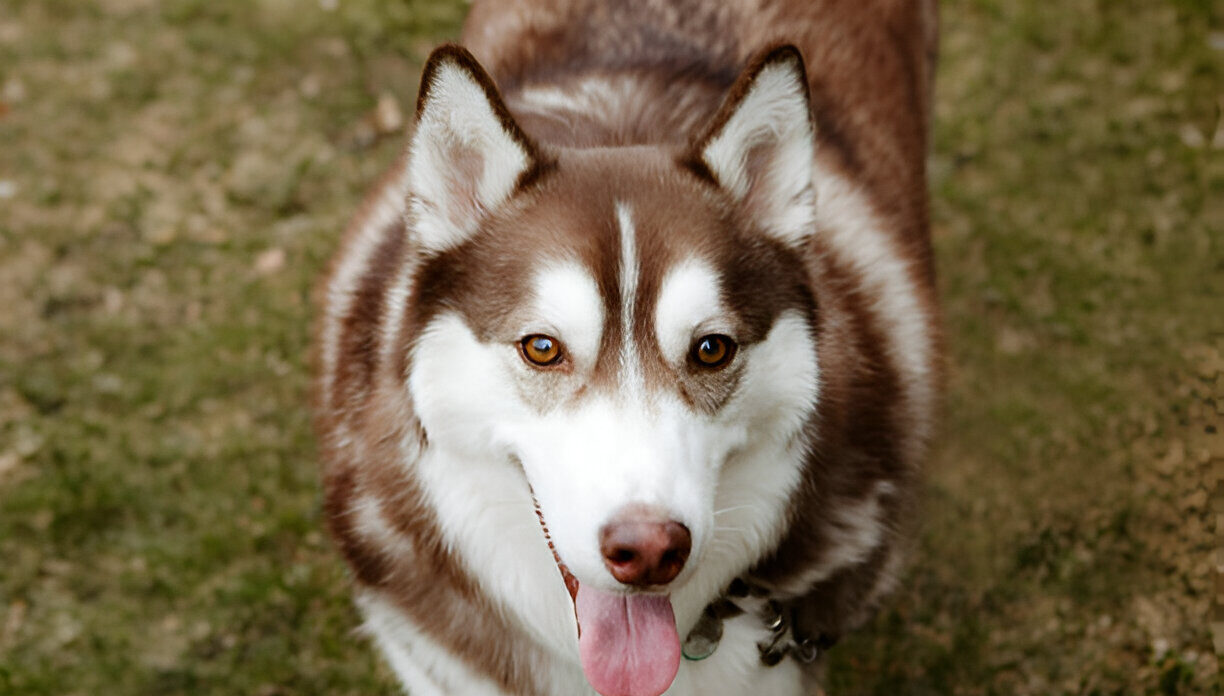
How Much Do Huskies Groom and Shed?
Frequent brushing is a MUST.
The double coat of the Husky sheds heavily two times per year (blowing the coat). Grooming includes:
- Brushing 2-3 times weekly
- Brush Fido regularly during shedding season
- Avoid shaving the coat
Bathing and Nail Care
- Only bathe if dirty (every two to three months)
- Trim nails monthly
- Clean the ears and brush the teeth once a week
Health and Lifespan
The Usual Suspects – Common Health Problems of Siberian Huskies
Huskies are usually healthy, but they can develop:
- Hip Dysplasia
- Eye problems (cataracts, PRA)
- Hypothyroidism
- Zinc deficiency
Lifespan and Vet Care
- Average lifespan: 12–15 years
- Annual vet checkups
- Vaccines and Parasite prevention

Habitat and Environment Factors of Life and Environment
Can Huskies live in warm weather?
*Yes, but with caution:
- Provide shade and water
- Take a Walk in the Cooler Parts of the Day
- Refrain from shaving their coat — it insulates from both hot and cold
Apartment Dwelling and Space Requirements
Can Huskies Live In Apartments?
- Given adequate daily exercise
- Given the opportunity to exercise its mind
- No hours of being left alone (howling or chewing may result)
Siberian Husky Cost in 2025
Puppy Price Range
In 2025, the price of Siberian Husky is quite dependent on the breeder, bloodline, and even location:
- $600 to $2,000 USD (average)
- Show dogs Huskies: As much as +$3,000.00 plus +, USD
Monthly Maintenance Cost
- Food: $50–$100
- Grooming: $30–$70
- Vet care: $300–$600 annually

Siberian Husky Pros and Cons
Pros
- Beautiful appearance
- Friendly and loving
- Great with families
- Energetic and fun
Cons
- Sheds heavily
- High exercise needs
- Can be stubborn
- Not suitable for novice dog owners
Is a Siberian Husky the perfect dog for You?
Ask yourself:
- Are you active and outdoorsy?
- Are you able to spend time training and exercising daily?
- Can you tolerate a breed that has so much hair?
- Are you dog patient and experienced?
If the answer is in the affirmative, then a Siberian Husky may be the perfect dog for you!

Energetic Charm of The Siberian Huskies So, in conclusion…
The Siberian Husky is an intelligent, beautiful and lively dog that is great for active owners and cold climates. With proper training, care and affection your Husky will be your friend for life. From their wolf-like appearance to their playful personality, it’s no surprise that the Siberian Husky is still one of the most searched dog breeds in 2025.
